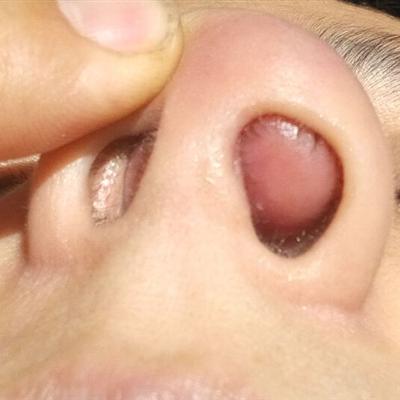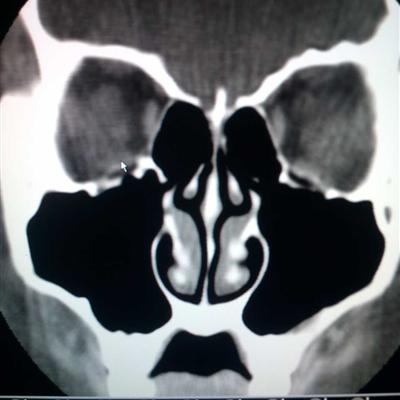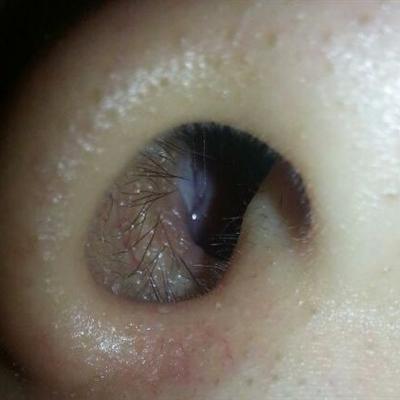Recurrence of adenoid cystic carcinoma of the nasal cavity
summary
Adenoid cystic carcinoma is also known as cylindricoma or cylindricoma adenocarcinoma. Adenoid cystic carcinoma is the most common and malignant epithelial tumor of lacrimal gland. It is second only to pleomorphic adenoma in the incidence of lacrimal gland epithelial tumor. Local spread or distant metastasis may occur in the early stage of the disease. Today, let me share with you the symptoms of recurrence of adenoid cystic carcinoma of the lower nasal cavity.
Recurrence of adenoid cystic carcinoma of the nasal cavity
First, adenoid cystic carcinoma accounts for 5% - 10% of salivary gland tumors and 24% of salivary gland malignant tumors. It usually occurs in salivary gland, especially in palatal gland. Although the large salivary gland is few, it is a common tumor of submandibular gland and sublingual gland. Only 2% ~ 3% of parotid tumors. Among 2513 cases of salivary gland tumors reported by eeroth, 119 cases were adenoid cystic carcinoma, 49 cases occurred in parotid gland, accounting for 2% of parotid gland tumors; There were 26 cases of submandibular gland tumors, accounting for 16%; There were 44 cases of palatal salivary gland tumors, accounting for 24% of palatal salivary gland tumors.

Second: the tumor is generally small, mostly in 1 ~ 3cm, but some of the volume is also large. The shape and characteristics of the mass can be similar to mixed tumor, round or nodular, smooth. Most of the masses had unclear boundary, poor mobility, and some were fixed and adhered to the surrounding tissues. Adenoid cystic carcinoma of the parotid gland is more likely to have facial nerve paralysis, and may extend along the facial nerve and involve the mastoid process and temporal bone; Adenoid cystic carcinoma of submandibular gland or sublingual gland can extend along the lingual nerve or sublingual nerve to the location far away from the primary tumor, and cause disturbance of tongue perception and movement on the affected side; Adenoid cystic carcinoma of the palate can extend into the brain along the maxillary nerve, destroy the skull base bone and cause severe pain.

Third, tumors often invade adjacent bone tissues, such as submandibular gland and sublingual gland; In the palatal region, the palatal bone is often involved. When small salivary adenoid cystic carcinoma involves the mucosa, in addition to touching the hard mass with small nodular surface, obvious reticular dilated capillaries are often seen. Patients in addition to late complications make the condition worse, generally no obvious systemic symptoms.

matters needing attention
It is important to pay attention to the regularity of life style and the early symptoms of salivary gland lesions; Early detection; Early diagnosis and treatment can improve the cure rate and survival rate of the disease.


















